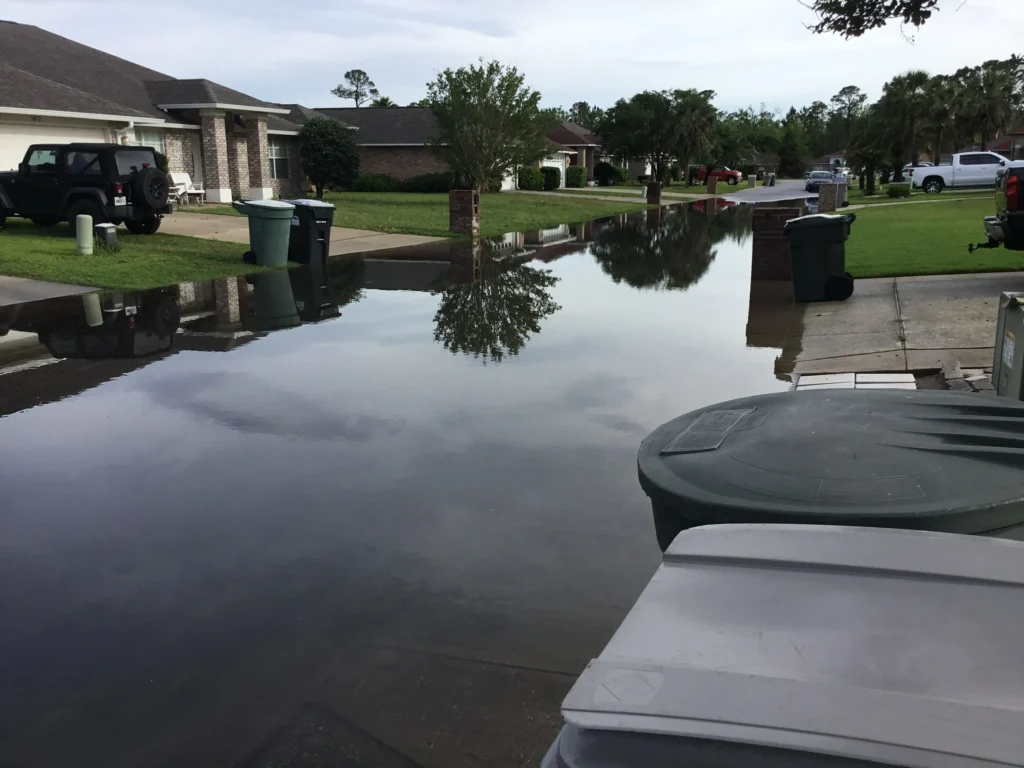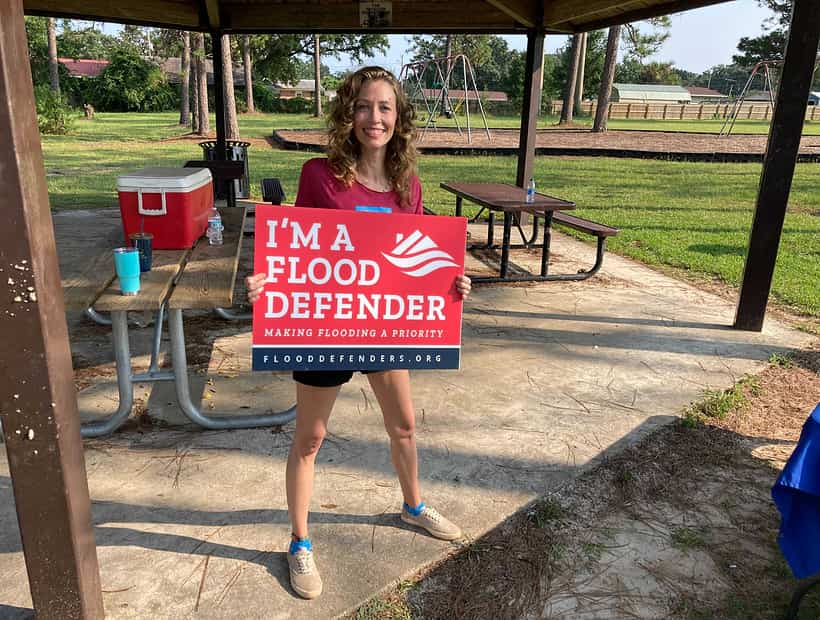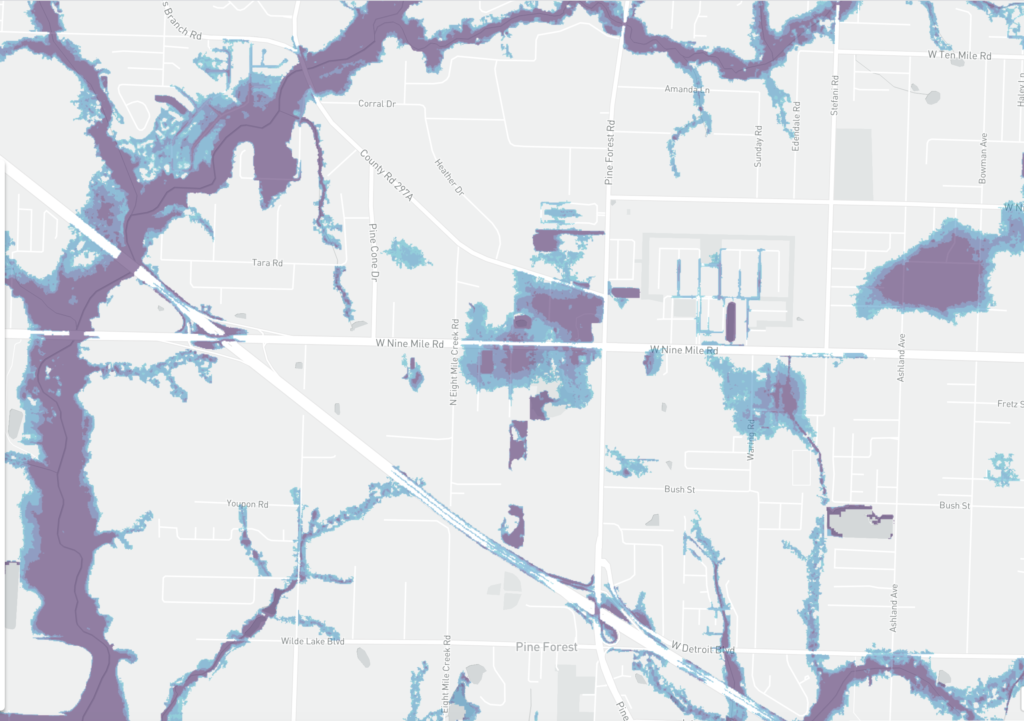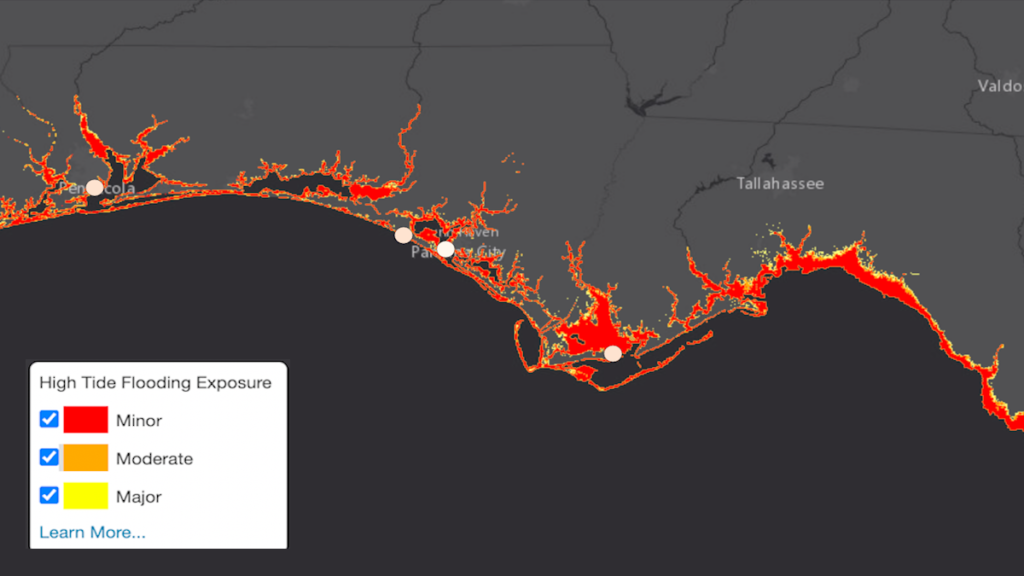
We’re a community that believes in hope. We’ve been hoping for many years. Unfortunately, that hope is falling short. Escambia County Resident Council Meeting January 2021
Escambia County has had two 100-year storms and one 500-year storm in the last 12 years
- Do you feel like your local government doesn’t care about your problem?
- Do you worry every time a hurricane or heavy rain is in the forecast?
- Have flooded roads interfered with your ability to travel?
Flood protection starts with a proactive approach — Escambia County doesn’t meet the grade
Overall Grade: D
LATEST NEWS
Escambia Officials Take Over Ponds to Reduce the Impact of Flooding
Inch of Rain Causes Flooding at Site of Flood Defenders’ Campaign
Santa Rosa County Denies Flood Protection Measures in New Code
Flood Defenders in Escambia County’s District 3 Demand Better Protection
Escambia Neighborhood Outside of FEMA Flood Zone Keeps Flooding
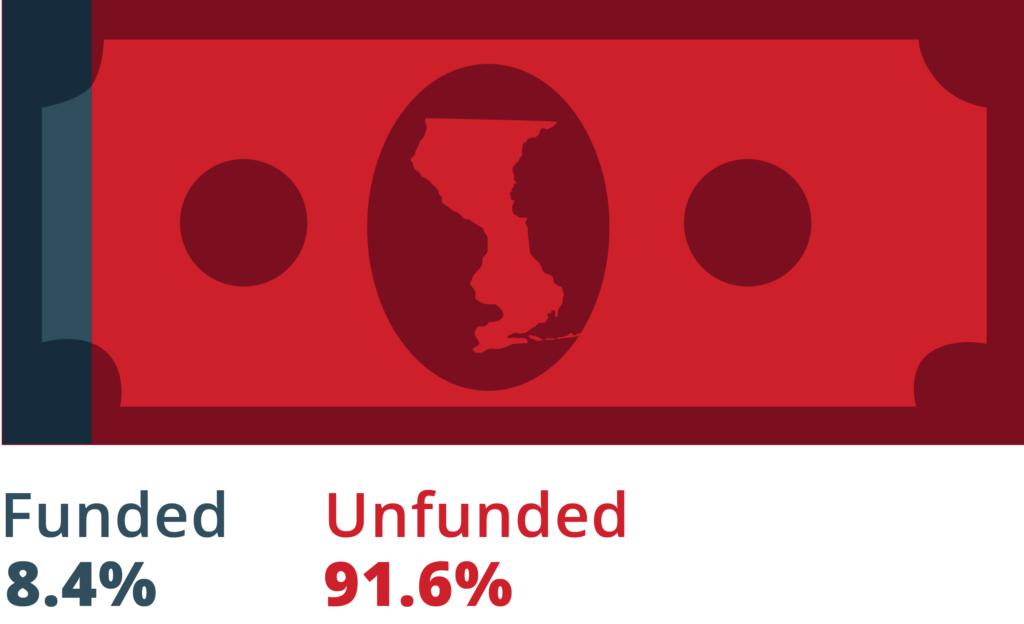

Escambia’s Flood Campaigns
Escambia Officials Take Over Ponds to Reduce the Impact of Flooding
One of the surest ways to reduce urban flooding is to build extra capacity upstream…
Inch of Rain Causes Flooding at Site of Flood Defenders’ Campaign
A single inch of rain flooded the Perdido Estates neighborhood in Escambia County, Florida —…
Santa Rosa County Denies Flood Protection Measures in New Code
Despite impassioned pleas from Santa Rosa residents and Flood Defenders’ Technical Advisor Chris Curb, the…
Flood Defenders in Escambia County’s District 3 Demand Better Protection
Lead Flood Defender Michelle Tyler and her neighbors gathered at Oakfield Acres Park to voice their…
Escambia Neighborhood Outside of FEMA Flood Zone Keeps Flooding
Homes around Windsong Avenue and Surrey Drive in Escambia County do not sit in a flood…
Florida Panhandle Cities Break Records for High-Tide Flood Days
Three cities in the Florida Panhandle saw more high-tide flood days in 2020 than any…
